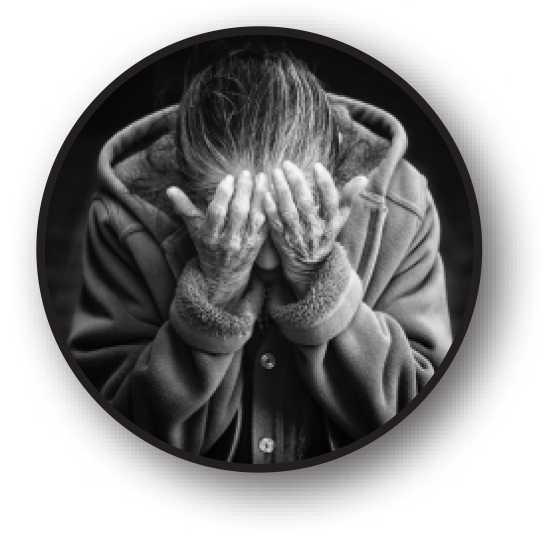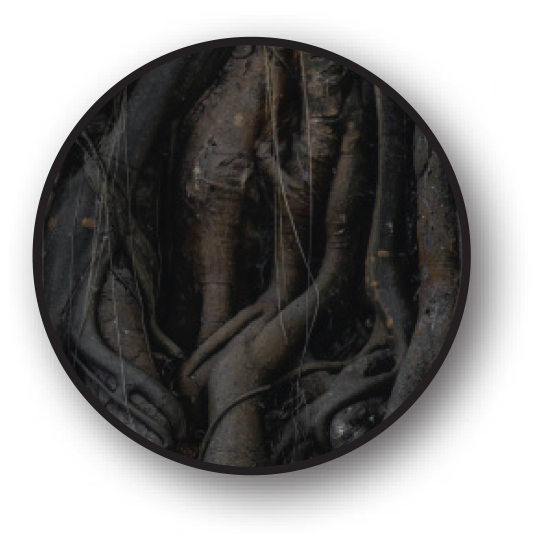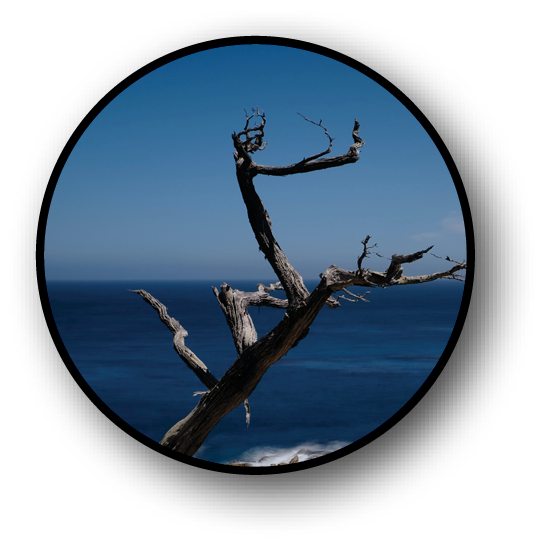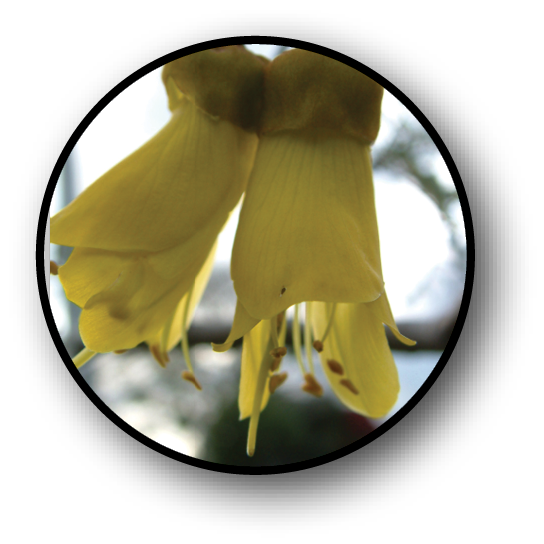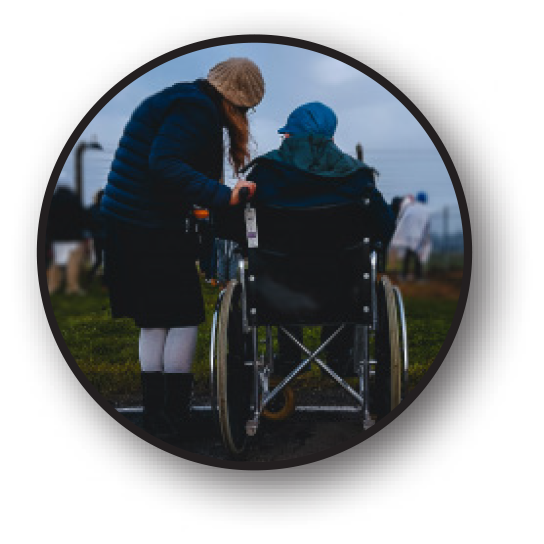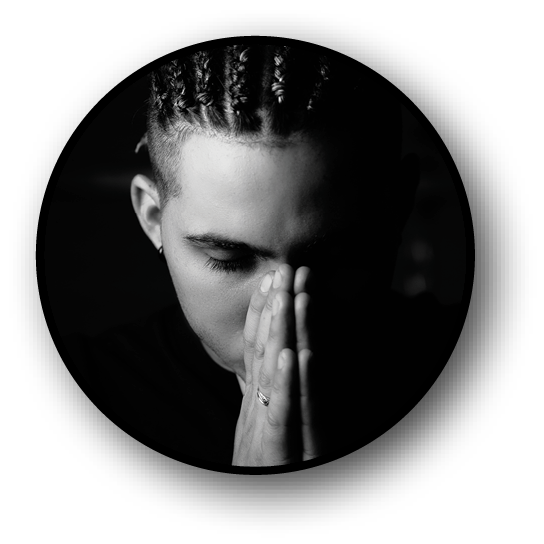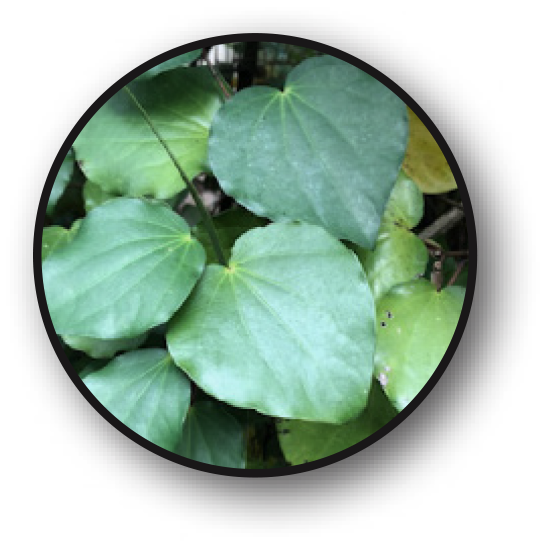-
For Whānau Manaaki Family Caregivers
- Kete Aronui Maori Palliative Care A site for whānau manaaki, family caregivers
- Te Ipu Aronui Road Map
- Kete Tuauri
- Spirituality and wairua
- Karakia definition
- Diverse spiritual faiths and practices
- Spiritual safety and protection
- Spiritual care within hospitals, hospices and aged residential care services
- The power of karakia
- Spiritual support at time of death
- What if you do not know your spiritual care customs?
- Kete Aronui - rongoā
- Rongoā healing
- Forms of rongoā
- Use of rongoā rākau (natural plant medicines) is increasing
- Are you thinking about using rongoā?
- Include your rongoā healer in your health care team
- Self-care
- Te Ipu Aronui’s Kete Tuauri
- Staying with the tūpāpaku
- Karakia before and after death
- Preparing the tūpāpaku (body)
- Caring for the tūpāpaku (body) after death
- Planning and preparation for care following death
- Whakanoa (spiritual clearing of environment process)
-
For Health Professionals
- Whanaungatanga - Establishing a relationship
- Connections take time
- First contact - building a rapport
- Rich histories and lifestyles
- Building trusting relationships
- Whānau systems of care Care roles within whānau
- Geographical location and end of life care
- Challenges whānau face
- Cultural safety - more effective than cultural competency
- Cultural safety - a definition
- Māori health and palliative care workforce
- Strengthening Māori cultural safety
- Caring for Māori health professionals
- Tikanga
- Ngākau pono Working with a sincere heart
- Caring with aroha
- Self-care
- Te Reo Māori The Māori language
- New Zealand history
- Kaumātua tino rangatiratanga Independence, authority
- Places kaumātua are cared for
- Dying in a healthcare setting
- Living in a ‘home’
-
Pae Herenga Research Background
- Healthcare providers
- Palliative care resources
- Support services
- Grief and loss support
- Research
- Tangihanga and funerals
- Links and Information for Health Professionals
- Te Reo Māori Resources
- Cultural Safety
- New Zealand History
- Pūrākau
- Advanced Care Planning (ACP)
- Medicines Directory
- Publications
- Māori Data Sovereignty
- Covid 19 Study
Welcome
Te Ipu Aronui Road Map
There is no standard end of life pathway just like there is no standard whānau. Everyone’s circumstances, illnesses, and end of life care preferences are different and unique to them. In order to get to a destination, we often need a plan, a driver and a navigator. The end of life is a bit like that. The tikanga (customs) and kawa (ceremonial customs) that are followed in each iwi, hapū and whānau provide the tools to help us to navigate and manage things as they arise.
“The Te Ipu Aronui - Kete Aronui end of life road map provides an example of what the end of life pathway might look like”
The following roadmap illustrates that there is no linear (straight-line) to follow at the end of life. Whānau describe the end of life as somewhat unpredictable, therefore it is best to plan and prepare for the unexpected. Sometimes it can seem as though an unwell person is improving and then something happens and there’s a setback. End of life becomes a huarahi (road) that is lived in spirals inwards and outwards (like the breath) rather than a smooth even pathway that leads to the future.
Tāne’s journey to obtain Te Kete Aronui was important because it contained information about aroha (love, care, compassion), arts, crafts and rituals to benefit humankind and all living things. For example, this kete informs the tikanga (customs) and kawa (ceremonies) that support whānau as they care for an ill and dying kaumātua. It also supports how whānau experience and express their grief as whānau pani (bereaved families), and how they plan and carry out tangihanga (funeral customs), kawe mate (mourning ceremonies at subsequent tangihanga and events) and hura kōhatu (unveiling) ceremonies.
Signposts accompany each route, leading to pathways and processes that can be successfully negotiated on the end of life journey. However, things generally do not happen in a linear or straightforward manner. There are usually a lot of twists, turns and speed bumps on the way. Things may be going along quite smoothly and then something new and concerning happens, and everything has to be re-assessed. So, keep in mind the various obstacles and challenges that you may meet as you travel the pathway.
Each marker below has information about various stages of the end-of-life journey.
Kuia K. commented on the process of grieving and the role of whānau in easing the pouritanga (sadness, depression, gloom) throughout the life-death-grieving cycle of life:
[W]hen a loved one is dying, it starts right from the beginning and I’m talking about the process of grief, anxiety, unwellness and then healing. And I mean there’s a lot of things in-between but… for myself the big feature… is the grief… you go through that grief when you hear that sick person say, ‘I’ve got cancer and I’m dying’. That’s when you start grief/grieving, and it goes right through that whole period. How long it takes, 12 months, 2 years, that grief and that anxiety is there with the whānau, with that woman, that sick person and with the whānau, the whole time. But the amazing thing is how it’s dealt with. You know you can feel grief, you can feel anxiety, but you just have the ability to cope. Because you have a caring whānau around you and this is the other thing, whānau arohanui [deep affection], manaakitanga [kindness], tiakitanga [guardianship, protection], kotahitanga [togetherness, solidarity, collective action], wairuatanga [Māori spirituality], karakia [prayers, incantations, chants], all those things. Together, those ‘tanga[s]’ [suffix to help make verbs into nouns] helps to carry, not only the one person [but] the whole whānau through that whole process from grief right through…
And it doesn’t stop at the dying either (at the death) - it continues right through because, after that… it’s what you do, how you awhi [embrace, cherish] the whānau pani [chief mourners]. That’s a really important part of how you awhi the whānau pani at the end you know, it doesn’t finish at the burial, it carries on. Then what do you do with the whānau pani? [Do] you just leave them up high and dry - you can go home, it’s all over? Not like that- the whānau, the extended whānau takes that whānau pani home. That extended whānau take that whānau back to where they were. So, everything goes back to normal. So… that whole awhi process just goes right through. I think it’s beautiful…





